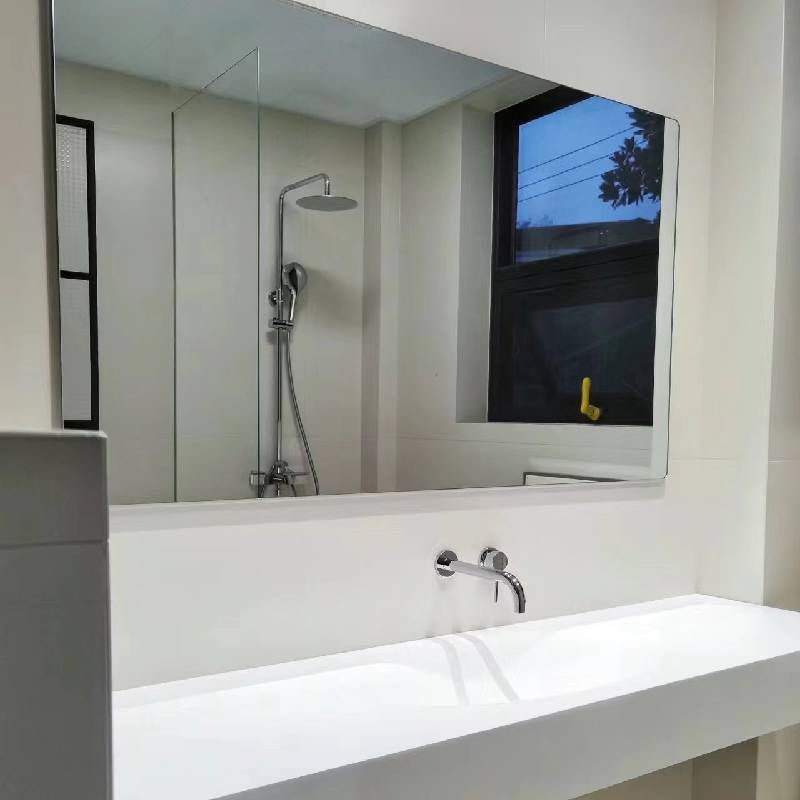

The Versatile Applications of Semi-Reflective Glass
Semi-reflective glass, also known as one-way glass or mirror glass, has gained significant popularity in various fields due to its unique properties. This type of glass reflects a portion of light while allowing the rest to pass through, creating a fascinating interplay of visibility and privacy. From architectural design to automobile manufacturing, semi-reflective glass serves numerous purposes, enhancing aesthetics, functionality, and security.
Architectural marvels
In the realm of architecture, semi-reflective glass has become an essential material for both commercial and residential buildings. Architects and designers appreciate its ability to create a striking visual effect. Buildings fitted with semi-reflective glass can achieve a mirrored facade that reflects the surrounding environment, blending seamlessly into the landscape while minimizing the visual impact of the structure itself.
Moreover, while boosting aesthetics, semi-reflective glass also offers practical advantages. Its reflective properties help to reduce solar heat gain, providing energy-efficient solutions for climate control within buildings. This characteristic is particularly beneficial in urban areas where heat islands are prevalent, as it can significantly decrease air conditioning costs, promoting sustainability.
Interior applications
Inside buildings, semi-reflective glass can be utilized in partitions and windows to maintain an open feel while offering privacy. Offices increasingly use this type of glass to create conference rooms that feel spacious but shield discussions from adjacent spaces. Similarly, in residential settings, homeowners leverage semi-reflective glass in bathrooms and bedrooms to ensure seclusion without sacrificing natural light.
Another innovative application is in art installations. Artists often use semi-reflective glass to create immersive experiences, playing with reflections and perceptions. By manipulating light, they can guide viewers’ attention and provoke thought, making semi-reflective glass a medium of choice for contemporary art.

Automotive innovations
The automotive industry has also embraced semi-reflective glass for its dynamic properties. Many vehicles use this type of glass in side mirrors and sunroofs, enhancing functionality and driver experience. The reflective aspect reduces glare from the sun, improving visibility and comfort for drivers and passengers alike.
Additionally, with the rise of smart windows that can adjust their transparency, semi-reflective glass is becoming a component in advanced driver-assistance systems (ADAS). These systems help enhance safety on the road, and the incorporation of such glass contributes to an optimal driving experience that adapts to changing conditions.
Security and surveillance
Security applications of semi-reflective glass are crucial in today’s world. Used in banks, retail stores, and public facilities, this glass offers a two-way viewing experience. While those inside can see out, people outside see only their own reflections, enhancing surveillance and protecting valuable assets. The glass acts as a deterrent against theft and vandalism, providing a secure environment without sacrificing visibility.
Conclusion
From enhancing architectural beauty to providing privacy and security, semi-reflective glass is a remarkable material with versatile applications across numerous industries. Its ability to blend aesthetics with functionality makes it a popular choice for architects, designers, and manufacturers alike. As technology continues to evolve, we can expect further innovations and applications of semi-reflective glass that push the boundaries of design and practicality. Embracing this unique material opens doors to creative possibilities, ensuring its enduring relevance in modern society.